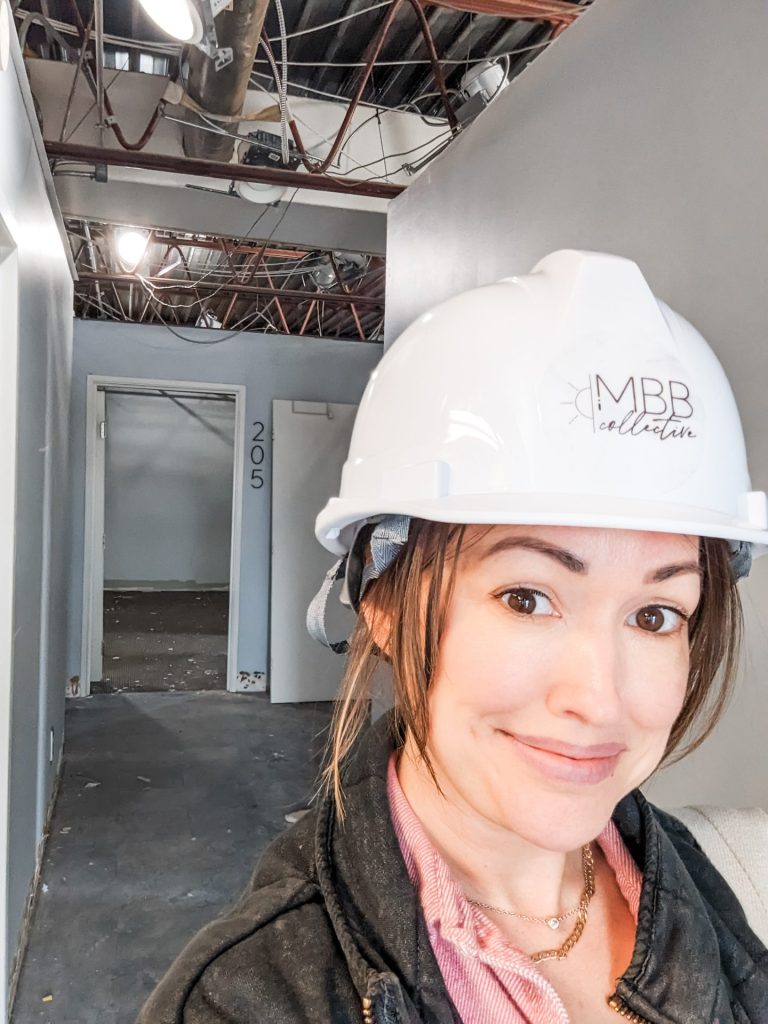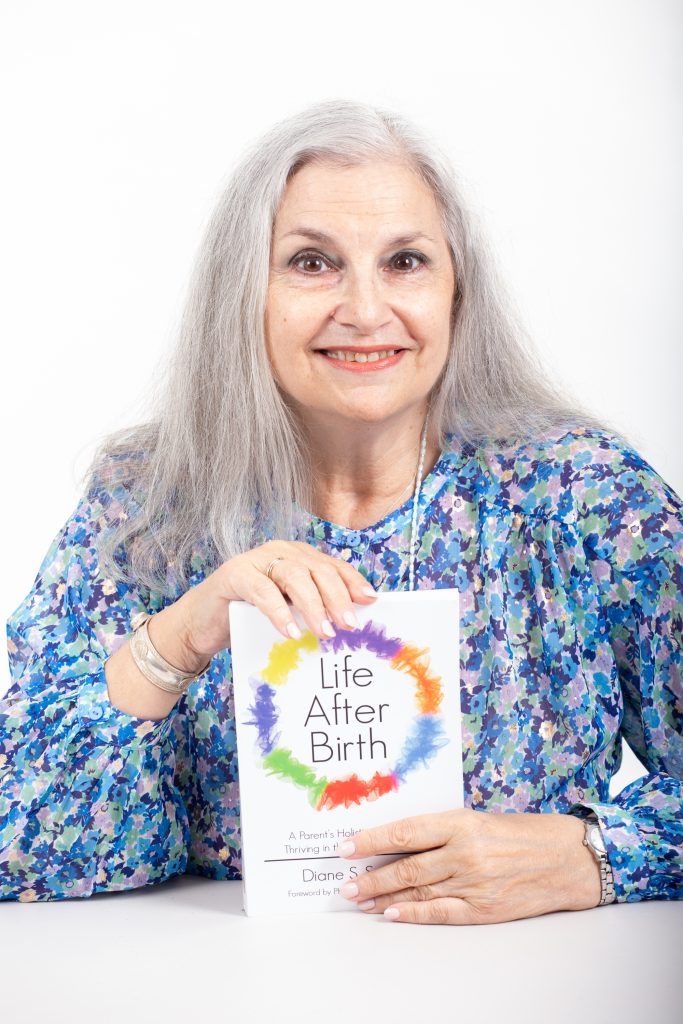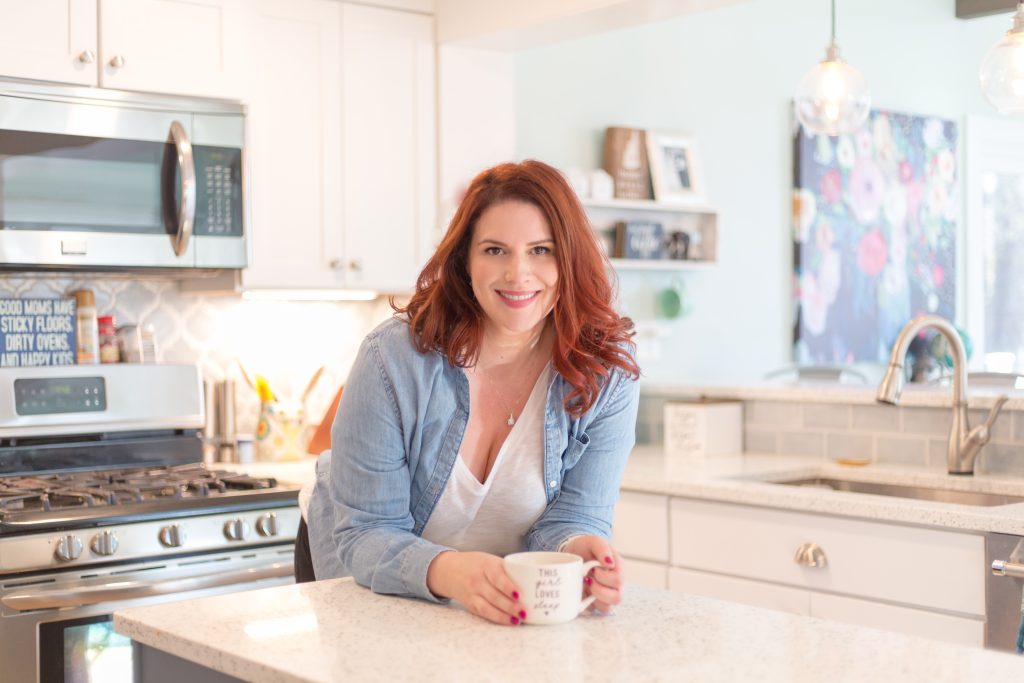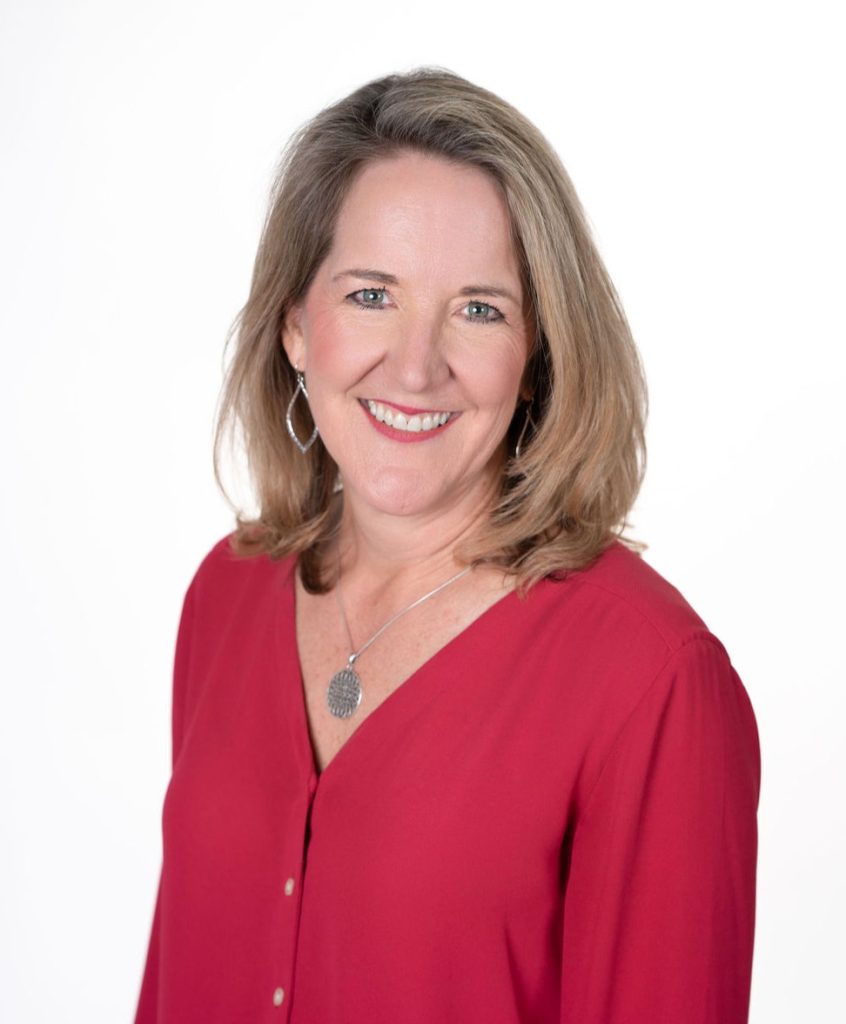Heidi McDowell of Mind Body Baby Collective: Podcast Episode #235

Kristin and Heidi discussed her yoga studio’s expansion, including child care and a co-working space. They also discussed Heidi’s contribution to the fitness section in our upcoming book release, Supported: Your Guide to Birth and Baby. Hello, hello! This is Kristin Revere with Ask the Doulas, and I am thrilled to bring back Heidi McDowell […]
4th Trimester Preparation: Podcast Episode #234

Kristin Revere and Dr. Diane Speier chat about how to best plan and prep for the postnatal phase. They discuss everything from communication to support options in this informative episode. Dr. Speier is also the creator of the Digital Doula 2.0 app. Hello, hello! This is Kristin Revere with Ask the Doulas, and I am […]
Top 5 Toddler Behavior Questions Answered with Christine Brown of Bella Luna Family! Podcast Episode #233

Kristin Revere and Christine Brown address everything from handling tantrums to managing a child’s big feelings in the latest episode of Ask the Doulas. You can listen to this episode on your favorite podcast player. Hello, this is Kristin Revere with Ask the Doulas, and I am thrilled to chat with my friend Christine Brown […]
Postpartum Recovery with Lynn Schulte: Podcast Episode #232

Kristin Revere and Lynn Schulte discuss postpartum healing including hemorrhoids, fissures, and tears as well as preventative steps to take during pregnancy. Hello, hello! This is Kristin Revere with Ask the Doulas, and I am thrilled to chat with Lynn Schulte today. Lynn is the founder of the Institute for Birth Healing, and our topic […]
